Planning
Task – Take 100-200 photos that show your exploration of either tableau or other creative approaches to portraits.
Models/Props – For my model I will use 1-3 people in the lens at a time to create more intense photographs. My only prop will be paint on the models’ face which I will edit to create a more intense colour afterwards.
Camera Settings – I will use a fairly low shutter speed of 1/10 to 1/60 to allow more light to enter the lens from the dark environment when using a black background. I will use a higher shutter speed of 1/60 when using a white background. I will use a low ISO of 100 or 200 to keep the image high quality. I will use a shallow depth of field to create a soft blur in the background.
Lighting – I will be using red head lights, spotlights, natural light and flash to capture a wide range of images. I will be using red head light for soft light, white backdrop for some lighter images, a black backdrop for darker images, a spotlight for harder light, a reflector to reflect light into the model’s face and gel filters to change the colour of the light
Location – I will do my shoot in the school studio.
Context – I will be using the school studio to capture a range of images in different styles and different lighting to create different amounts of contrast and shadows in the photographs.
Concept – To capture studio portraits looking at both identity and lack of identity.
Johnathan Ducruix

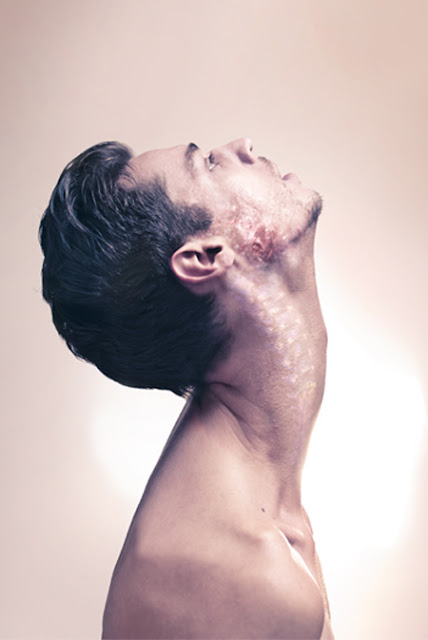
Ducruix is a Lyon-based digital artist who goes by the pseudonym Me&Edward. He has a diploma in 2D and 3D computer graphics. He says that he has always been attracted to the world of fashion and design which is obvious in his work. Ducruix says that he has a more impulsive style of work – when he has a specific idea in mind he will work on it right away. His spontaneous projects are often the ones that satisfy him the most. The pseudonym ‘Me&Edward’ comes from the fact that he wanted to dissociate the I – as a photographer from the I – as a human being. I hope to take inspiration from Ducruix’s style of editing and photography in my response – especially the removal of facial features.
Johnathan Ducruix Favourite Photo

In this photograph, it appears that studio lighting was used to create shadows and highlights in the exact places that Ducruix wanted it to create contrast and to emphasise the shapes within the photograph. It is unclear whether a shallow or deep depth of field was used as it cannot be seen if the background is in focus or not due to it being an infinity screen. It appears that a quick/slow shutter speed (about 1/10) was used due to the image not being too dark and it being completely in focus and sharp. A low ISO will have been used as it is a photo in a studio, Ducruix will have used a low ISO to balance the overexposure from the shutter speed to keep the image very high quality. It appears that a neutral/warm colour cast has been used on this photograph.
A neutral skin-colour range was used for the colour pallete for this image. This natural colour contrasts with the unnatural subject of the photograph. There is a variety of light and dark in this photograph ranging from the highlight of the forehead to the shadow under the colour bone. This creates contrast in the photograph. They is a smooth texture throughout the photograph except for the face of the subject which has a rough, decaying texture; this adds more drama to the photograph. The shadows and position of the model in relation to the background creates a 3D effect to bring the unrealistic subject to life. The subject appears to be placed in the middle of the photograph to create an uneasy atmosphere in the photograph.
This photograph is from Ducroix’s collection of image from 2012 titled “Metamorphosis”. On Ducroix’s site, he says that Metamorphosis is “a concept about the unlimited transformations of the human body. Just like a chameleon, it’s fitting, just like a virus, it’s mutating, just like a personality, it’s changing. Something new is about to birth, a metamorphosis, an organic complexity.”
The concept of Ducroix’s “Metamorphosis” collection is to show the human body in different forms that are deemed unnatural. Ducroix’s message in this collection is that the human body is capable of many many things and goes through lots of transformations in a lifetime.
Jesse Draxler


Jesse Draxler, born 1983, is a Wisconsin born photographer/artist who has featured in publications such as ‘Dazed and Popular’ and photographs for the New York Times. Draxler says he struggles to call his art his job, he says “I always hated having a job, now I don’t have one…One of my biggest fears in life is thinking I may have to get a job again some day if this art stuff doesn’t pan out,” Draxler has had her work exhibited all over the world.
Draxler’s work consists of collage-like pictures which merge with surrealism. Draxler will often paint over the photographs he takes or will rearrange it to create something visually confusing but intriguing. I like Draxler’s work because of how dramatic it is and how the he moulds multimedia together to create something that works which shouldn’t.
Jesse Draxler Favourite Photo

It appears that artificial lighting was used in this photograph to create the tonal range and contrast that the photographer wanted. A deep depth of field appears to have been used due to the fact that it is all in focus – the corners are not blurred. A shutter speed of 1/20 to 1/60 was most likely used to allow plenty of light to enter the lens whilst the ISO was also kept low to keep the image quality very high. This helped to create a dramatic image.
There is no colour in this photograph as it is in black and white – this adds to the mystery of the photograph that is initially created by the collage effect. There is wide tonal range in the image but the tones have been placed in unusual places due to the cut and stick style of this photograph. This creates even more drama and contrast in the photograph. The texture of the skin can clearly be seen in the photograph which makes it clear that it is a person but the identity has been scrambled. There is no clear layout or arrangement in this photograph which links to the idea of mess and confusion in the photograph. There is no clear point that the eye is lead to which further confuses the viewer.
This photograph is from Draxler’s collection of abstract portraiture, it is titled “I wanna be serrated”. It is a collection of photograph like this one in which Draxler takes portrait photographs and then cuts up parts of them then places them in unusual positions to confuse the viewer.
To me, in this collection of photographs, Draxler is challenging the idea of identity and is trying to show how some people feel that they have a lack of it, or struggle to find their identities sometimes and end up stuck in a place without identity.
My Response

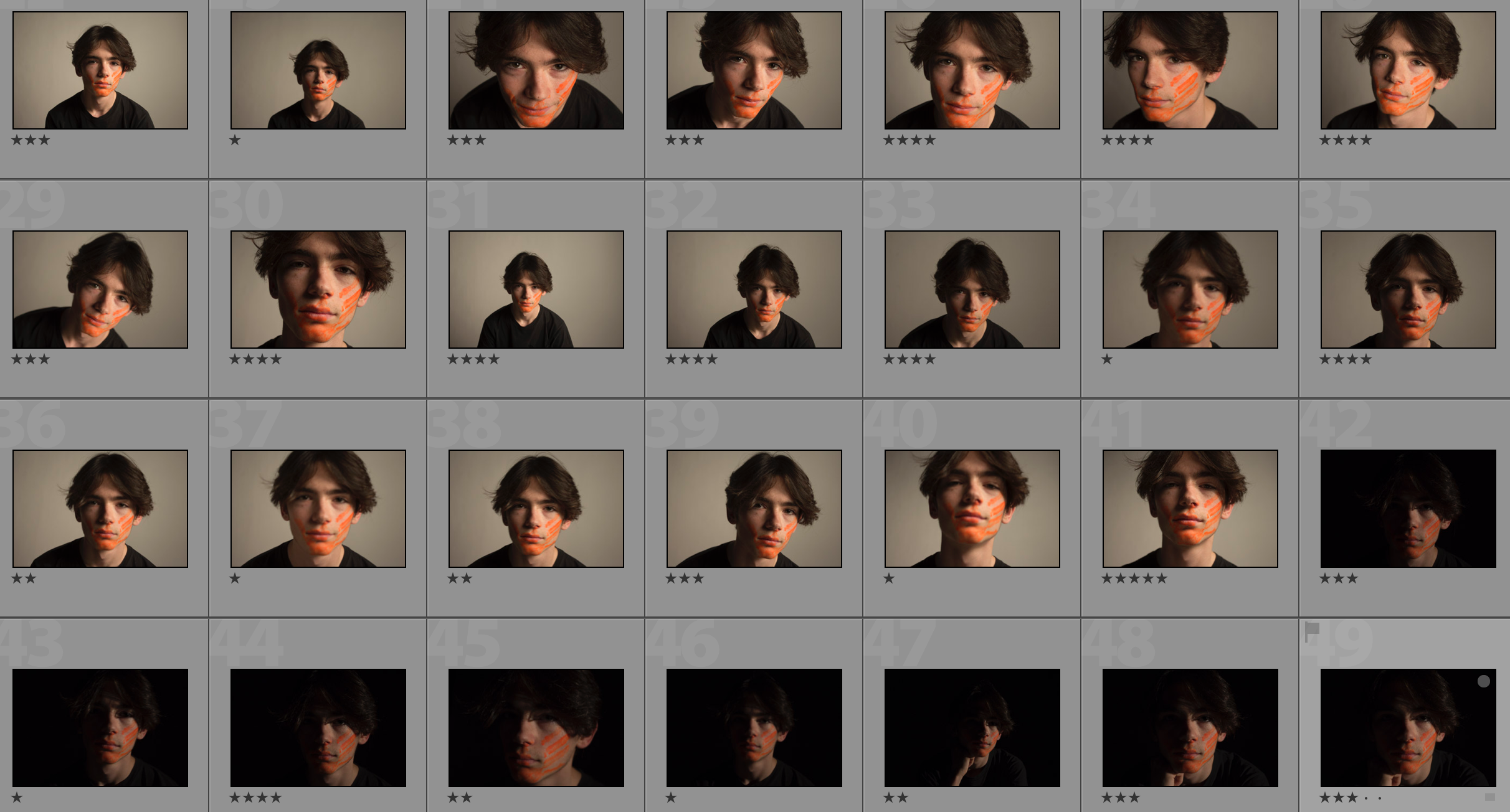
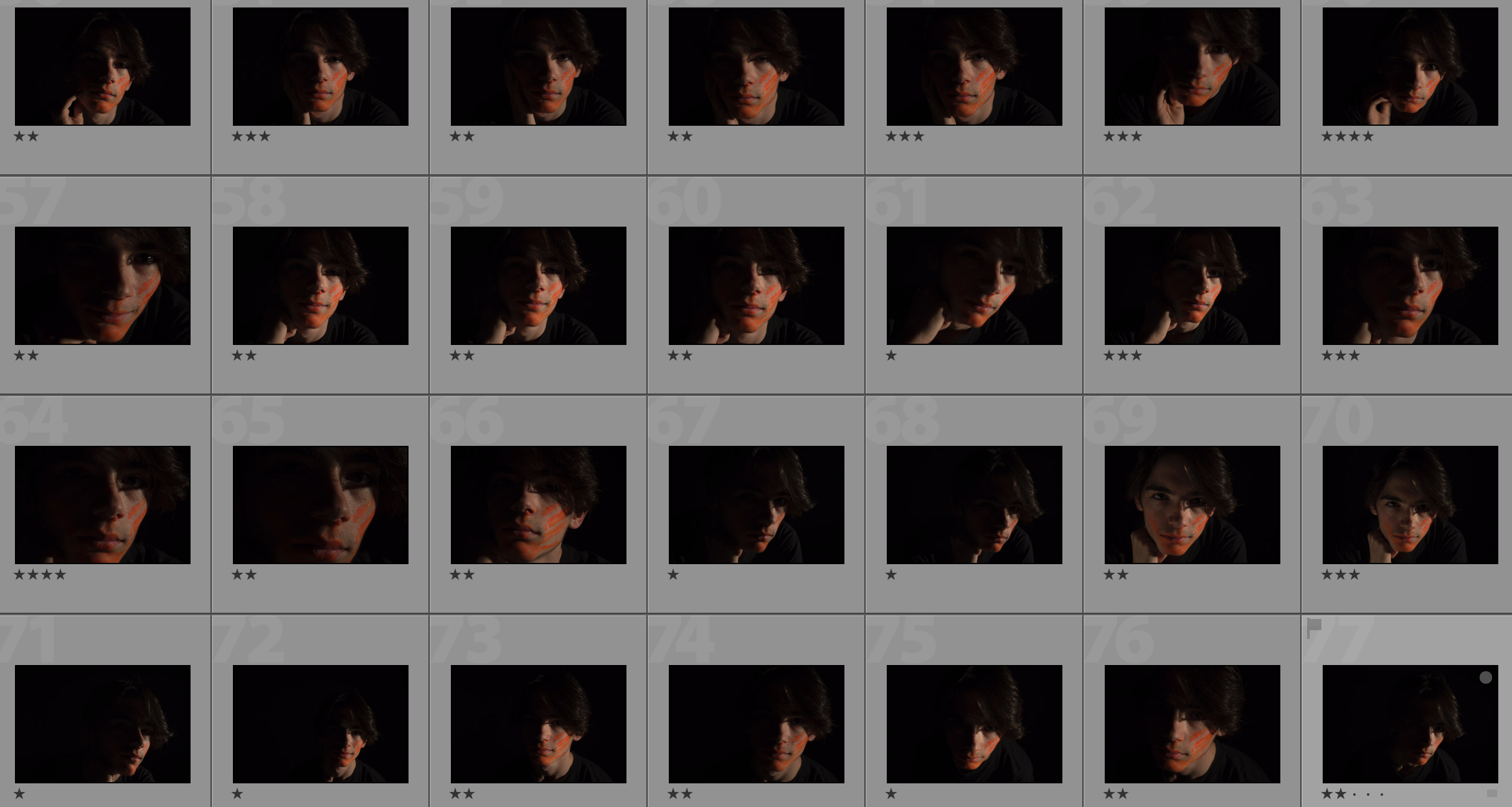



My Edits
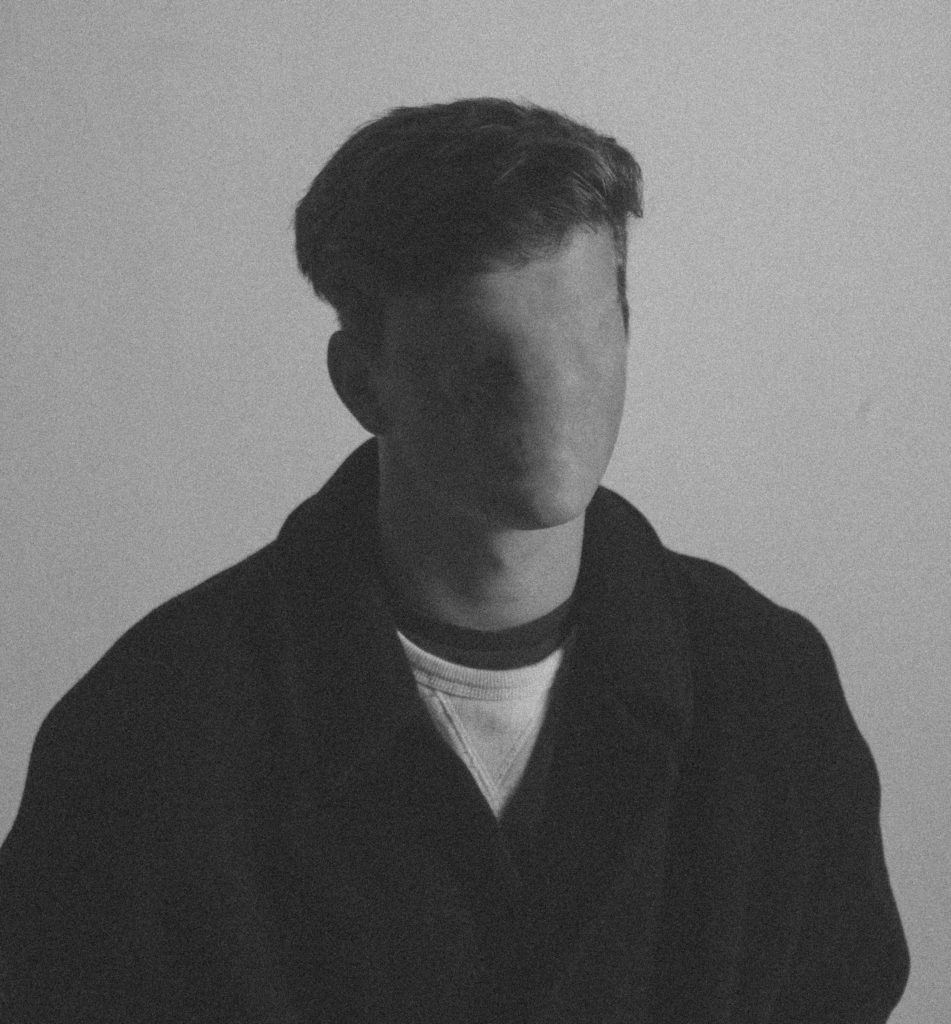

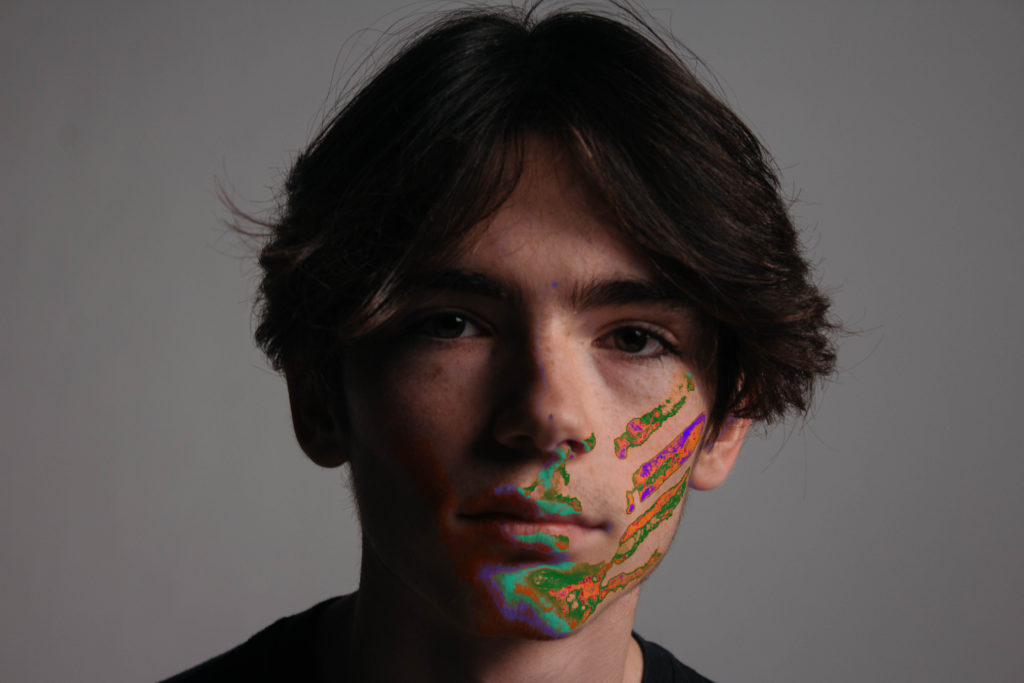




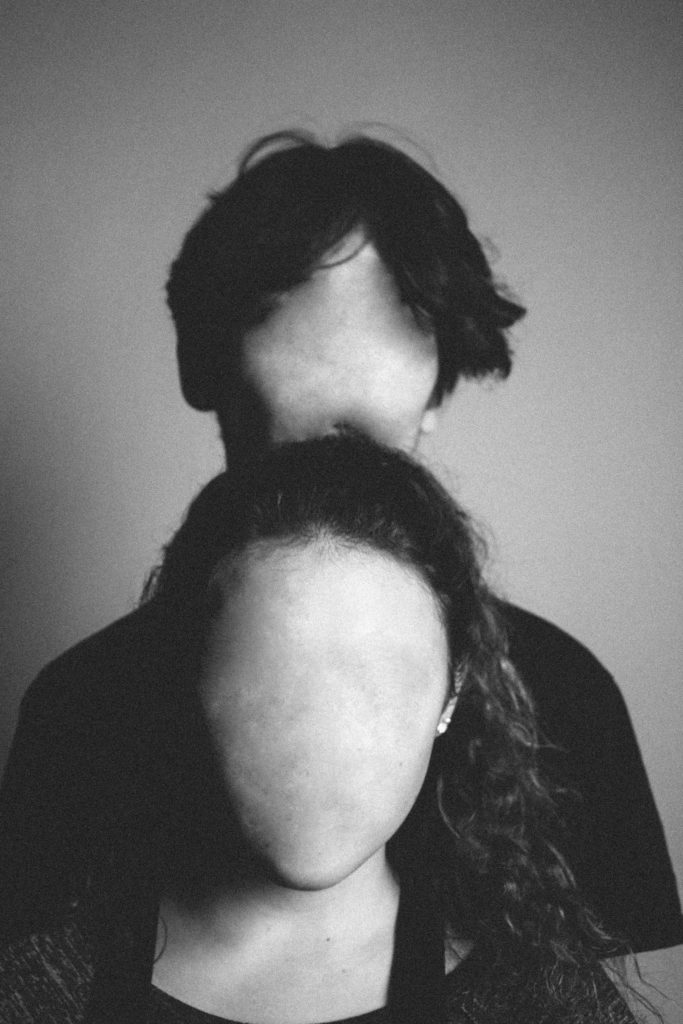



My Favourite Photos

This image was created using artificial light. I used a redhead light to provide some soft light across the models’ faces and I used a spotlight to create a slight chiaroscuro effect to create a more dramatic image with more contrast and shadows. I used a shallow depth of field (4.0) to create focus on the front model and to mildly blur out the background. I used a slow/medium shutter speed (1/20) to allow more light to enter the lens from the dark environment, I used this along with a low shutter speed of 200 to keep the quality of the image as best as possible.
I used a black and white filter over this photograph to create more contrast and I increased the amount of noise to create an old-fashioned portrait photograph effect. There is a wide range of tones in this photograph ranging from the darkness of the shadows to the highlight of the face. There is a 3D effect to this image due to the positioning of the models and the slight blurring of the back model, this brings the photograph to life and gives it a more intriguing appearance. I have placed the models in the centre of the image to create an uneasy effect in the image.
This photograph was taken in the studio with the work of Ducruix in mind. I took the photo then edited it in lightroom to create an old-fashioned effect by using a filter, changing the white balance and increasing the noise. I then used photoshop to remove the features of the face by using the spot repair tool. The aim of this photograph is to show something unnatural and make the viewer uncomfortable.
I took this photograph with the plan of using it for the topic of lack of identity. It shows that there is not much distinguishing each of us other than characteristics and features. It shows how bland and boring the world would be if we did not have our individual identities as everyone would have the same aspirations and personality traits.



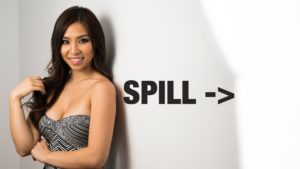

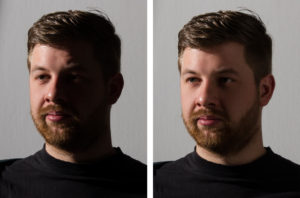

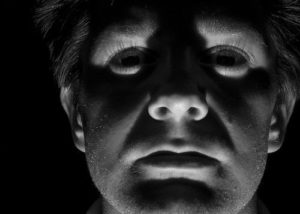
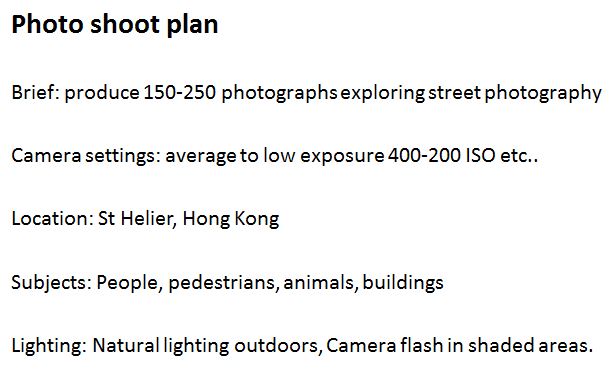 Photo Shoot Sheet
Photo Shoot Sheet

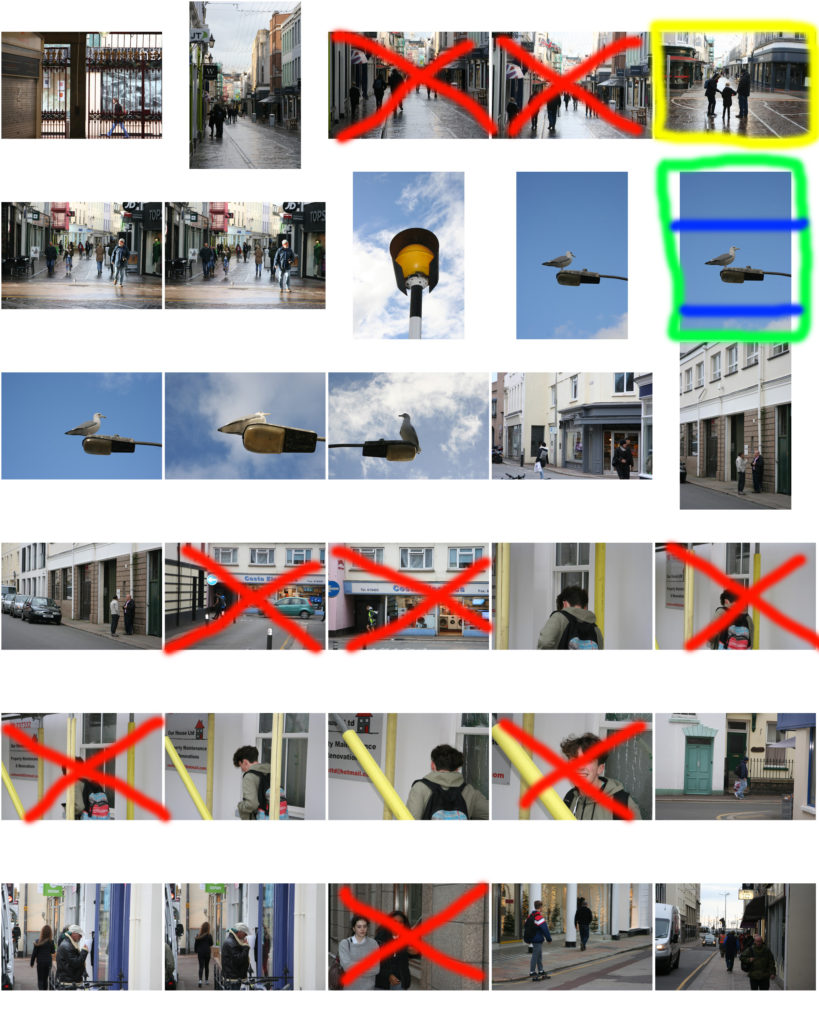

 Favourite Photograph Edits
Favourite Photograph Edits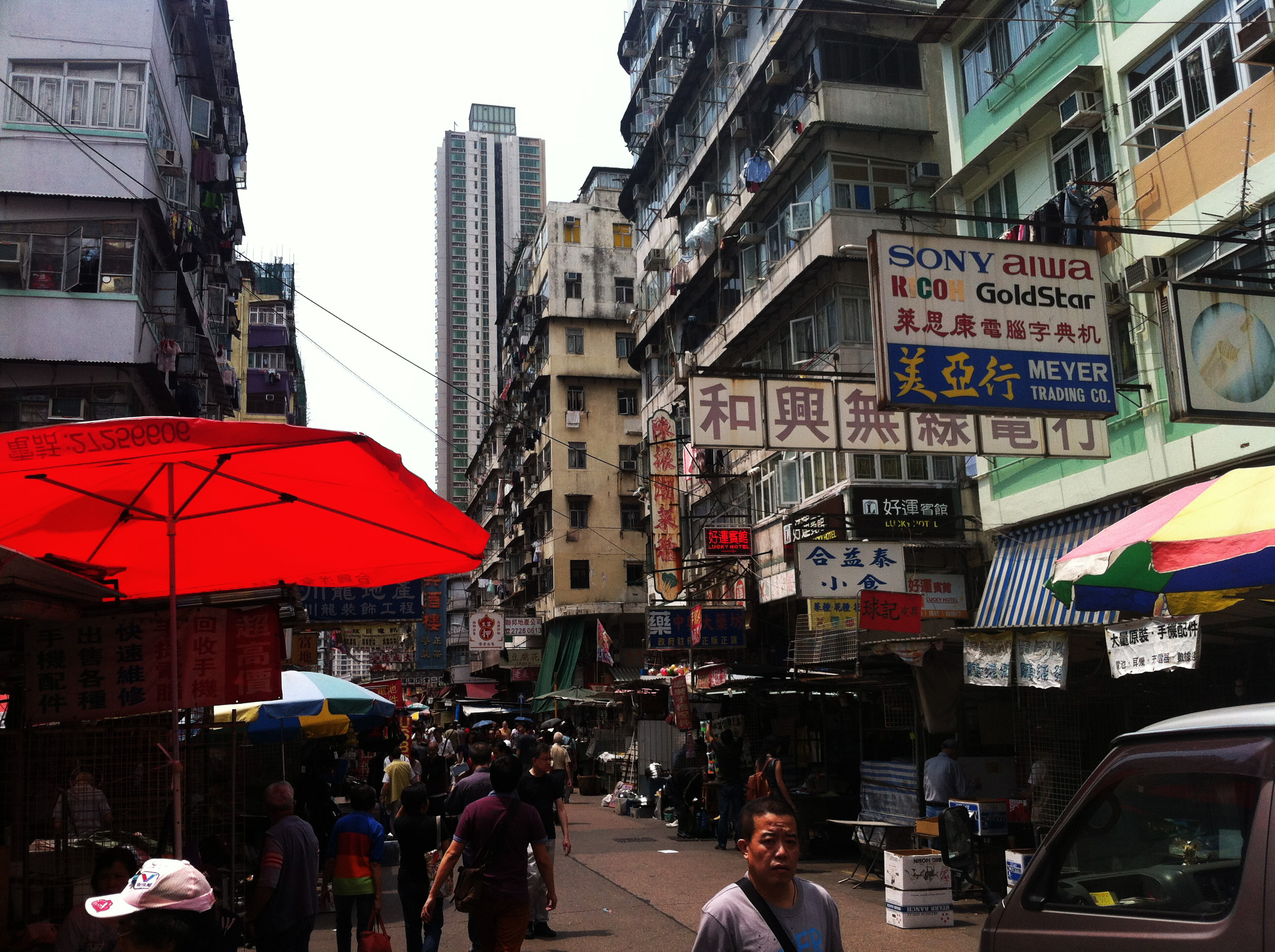
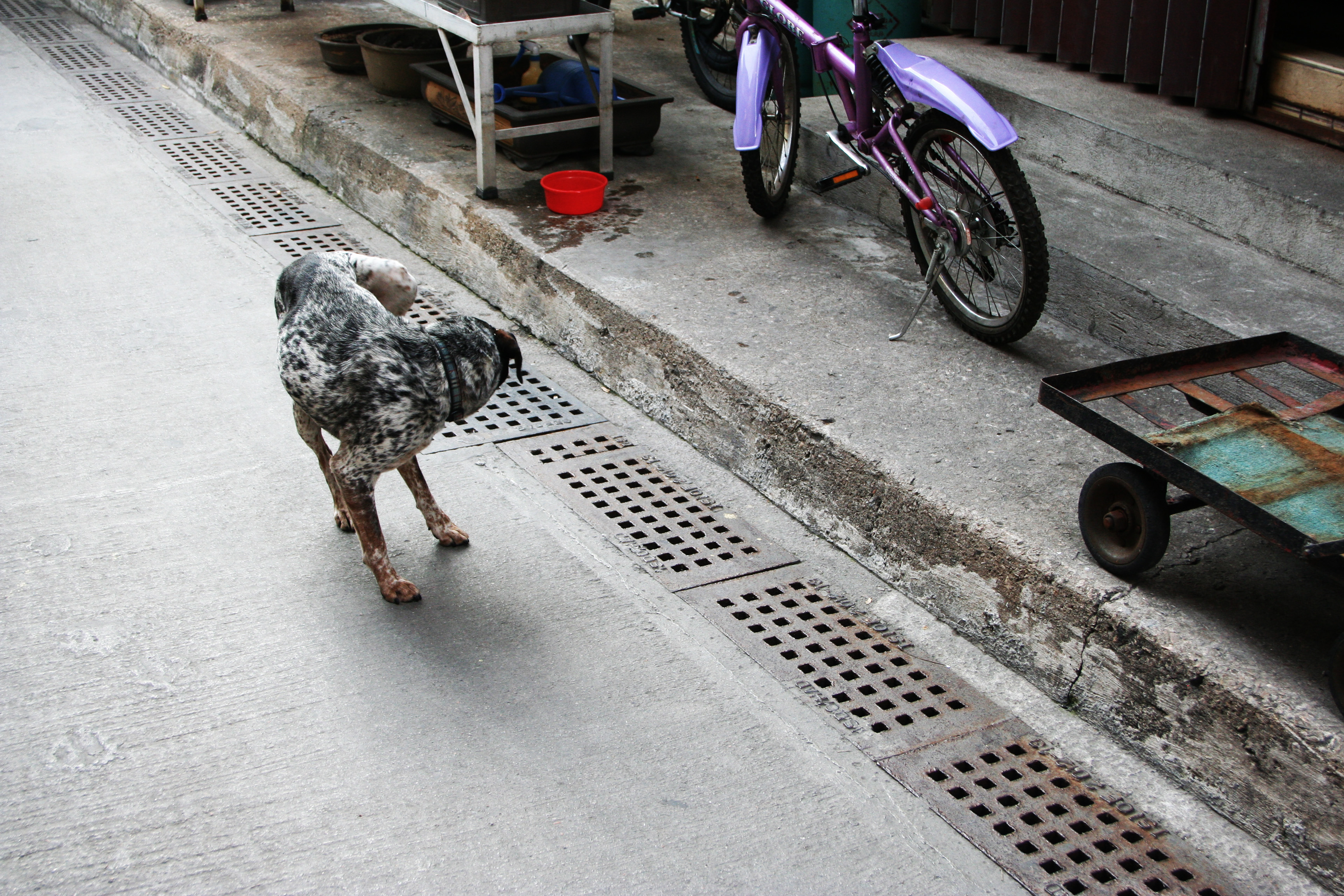
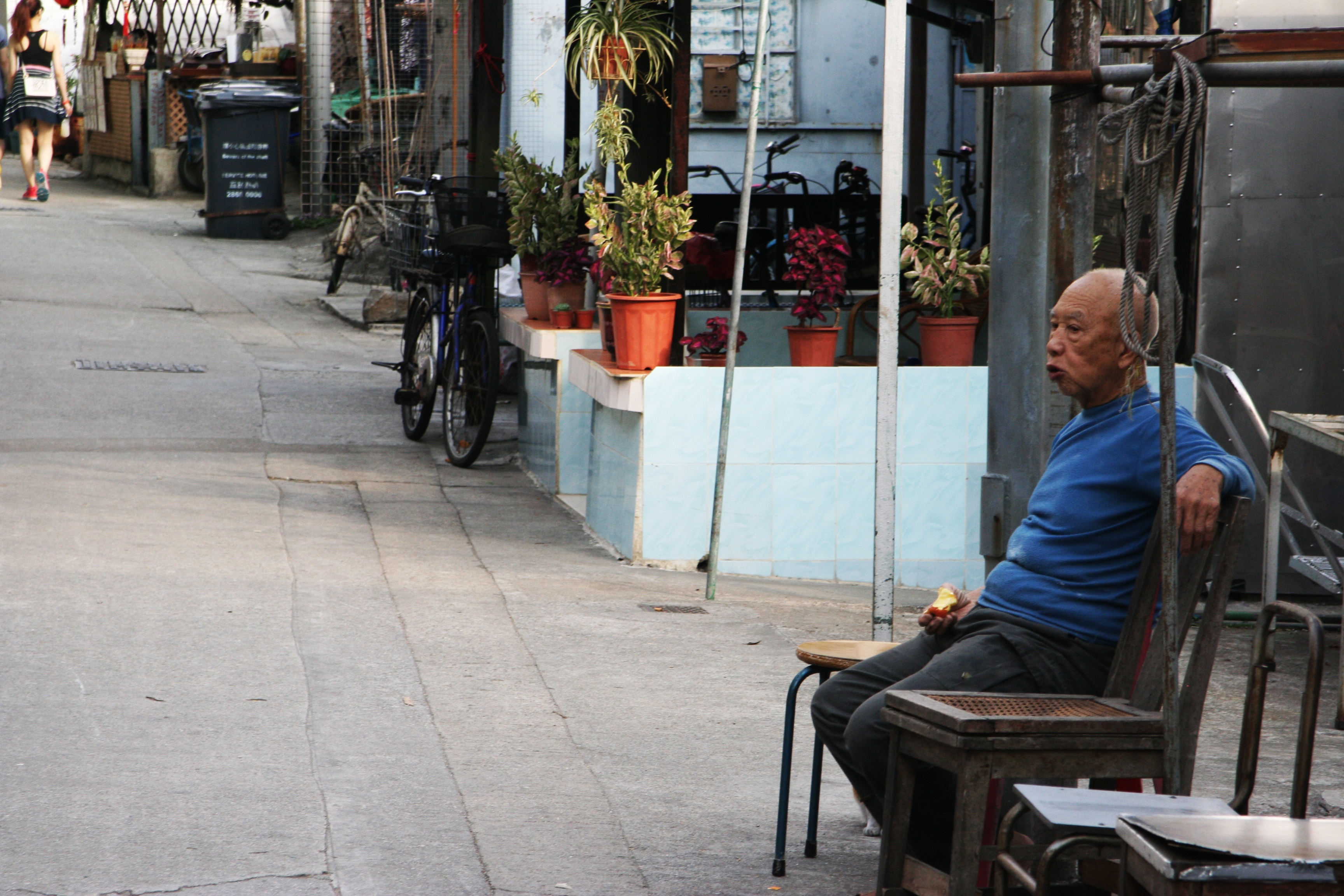
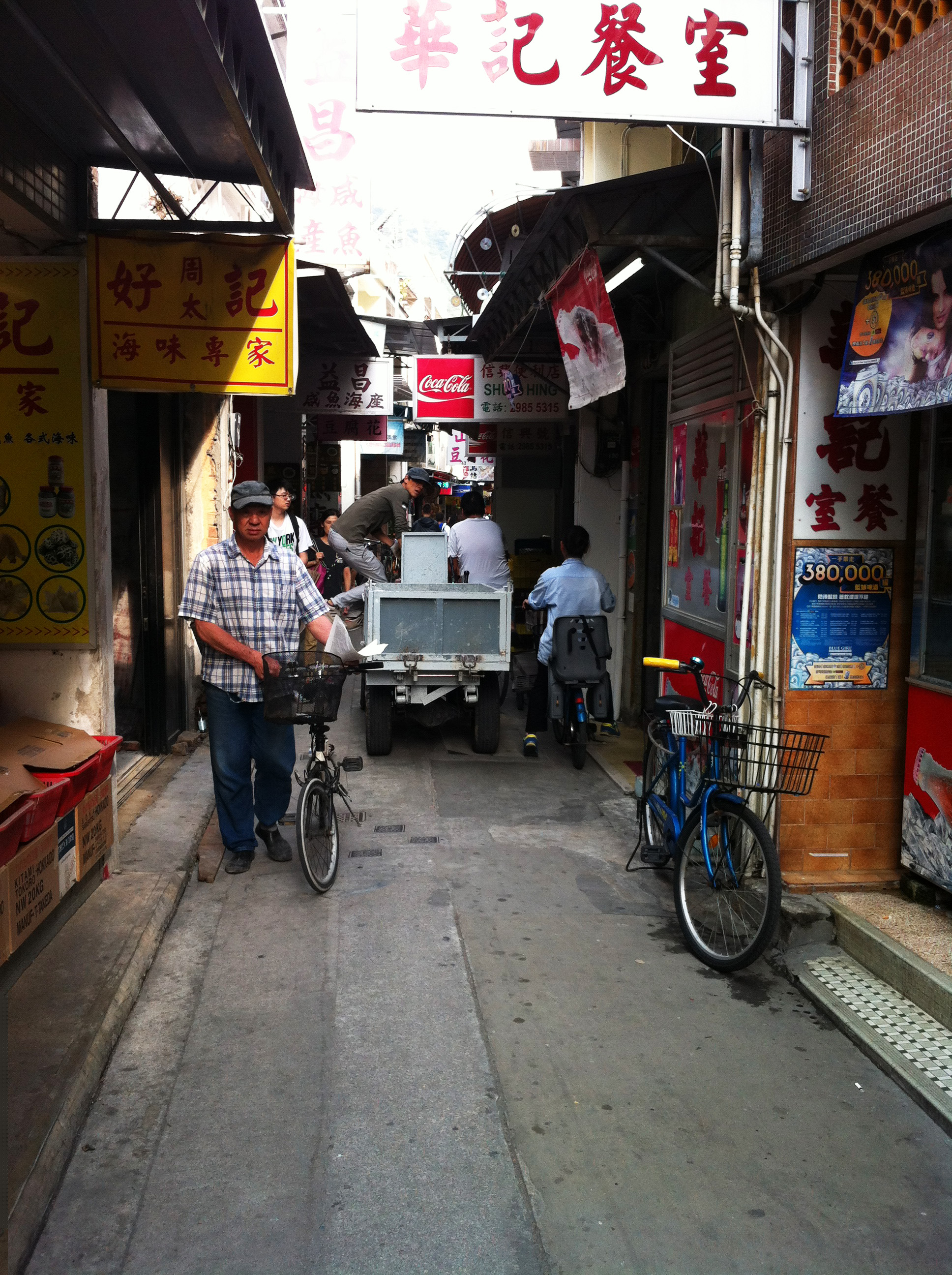






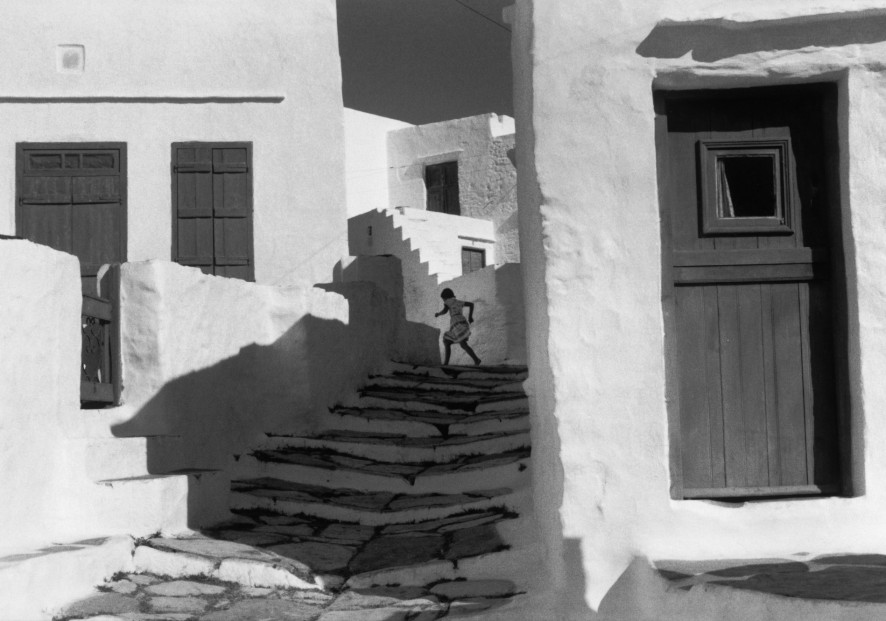


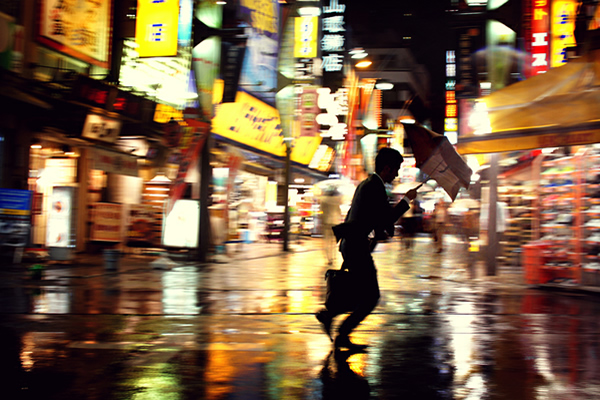




























 Chiaroscuro is the use of contrasted light and shadow. It was developed during the Renaissance in portraiture - artists used light to illuminate objects and faces, particularly one side of the face which gave a dramatic effect and added another dimension to the painting.
Photographers use this technique to highlight what they want to be seen. Strong tonal contrasts can be use to create dramatic effects in photographs and in films. It can also be used to hide a part of someone or someones identity; having the direction of light from behind so only a silhouette can be seen.
Chiaroscuro is the use of contrasted light and shadow. It was developed during the Renaissance in portraiture - artists used light to illuminate objects and faces, particularly one side of the face which gave a dramatic effect and added another dimension to the painting.
Photographers use this technique to highlight what they want to be seen. Strong tonal contrasts can be use to create dramatic effects in photographs and in films. It can also be used to hide a part of someone or someones identity; having the direction of light from behind so only a silhouette can be seen.
 I used 1 point lighting to achieve an extreme version of chiaroscuro so only some of the face is illuminated. The contrast of shadow that takes over the rest of the photograph helps to exaggerate this.
I used 1 point lighting to achieve an extreme version of chiaroscuro so only some of the face is illuminated. The contrast of shadow that takes over the rest of the photograph helps to exaggerate this.

